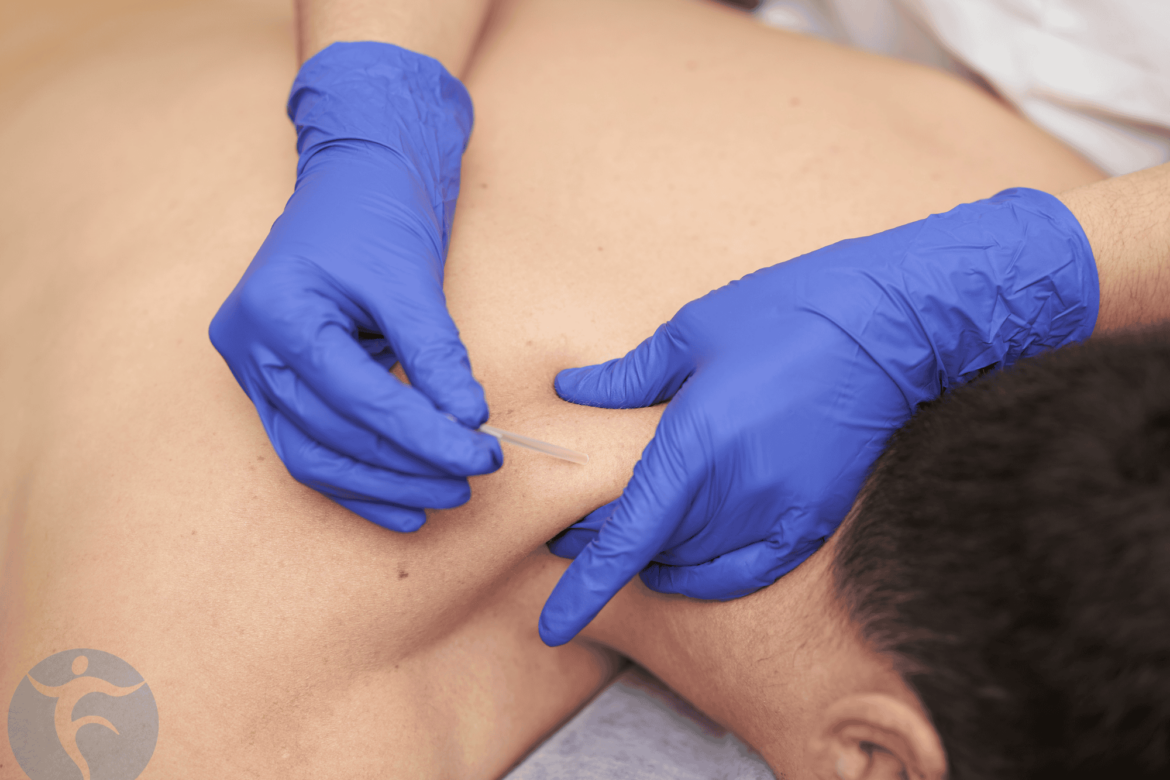Dry Needling for PT?
Dry needling or trigger point treatment is a technique used by physical therapists to treat muscle pain and stiffness. The practice of dry needling originated in the early 20th century in Europe and Asia, where it was used by acupuncturists to treat a variety of conditions. In recent years, dry needling has gained popularity in the United States as a complementary therapy to traditional physical therapy techniques. Learn more about dry needling for PT.
The origins
Dry needling was further developed in the 1980s by Dr. Jan Dommerholt, a Dutch physical therapist who studied under Dr. Saha. Dr. Dommerholt recognized the potential of dry needling as a treatment for musculoskeletal pain and dysfunction. He began incorporating it into his physical therapy practice. He found that inserting needles into trigger points in the muscles could help release tension, reduce pain, and improve range of motion.
Target of Dry Needling
In the United States, dry needling has become increasingly popular among physical therapists as a safe and effective way to treat a variety of musculoskeletal conditions. Unlike acupuncture, which is based on traditional Chinese medicine principles, dry needling is grounded in the principles of Western medicine and anatomy. Physical therapists use dry needling to target trigger points in the muscles, which are tight bands of tissue that can cause pain and dysfunction. Trigger points are scattered throughout the muscles in the body. Some muscles have more trigger points than others.
During a PT session, a physical therapist will insert thin filiform needles into trigger points in the muscles. The needles allow the muscles to relax and release tension. The sensation of dry needling is often described as a dull ache, but many people find it to be relatively painless.
Dry needling can be used to treat a variety of musculoskeletal conditions, including back, neck, shoulder, hip, or knee pain. It can also be used to address muscle tightness, stiffness, and restricted range of motion. Dry needling is often used with other physical therapy techniques, such as exercise, manual therapy, and stretching, to help patients achieve optimal function and mobility.
Benefits of Dry Needling
One of the key benefits of dry needling is its ability to target specific areas of pain and dysfunction in the muscles. By inserting needles directly into trigger points, physical therapists can help release tension and improve circulation to the affected area. This can help reduce pain, improve range of motion, and promote muscle healing.
Overall, dry needling is a safe and effective treatment for musculoskeletal pain and dysfunction. It is based on the principles of Western medicine and anatomy and has been shown to be beneficial for a wide range of conditions. Consider talking to a physical therapist about incorporating dry needling into your treatment plan if you are experiencing muscle pain or stiffness. Needling may be just what you need to achieve optimal function and mobility or get you over your plateau.
For any questions, or if you think dry needling may be appropriate for you, contact Freedom Physical Therapy to have your session scheduled!

